detail profile ita rina
Peran Yang Di Mainkan Ita Rina
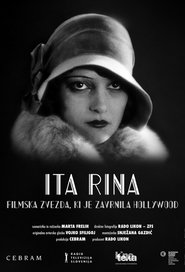 Born in 1907 Italina Lida Ida Kravanja...
Born in 1907 Italina Lida Ida Kravanja...Ita Rina, a Film Star Who Declined an Invitation to Hollywood 2016
Born in 1907, Italina Lida "Ida" Kravanja known as Ita Rina, became famous in Europe and especially in France for her role in Erotikon (1929) by Gustav Machaty. At the height of her glory she got married and refused an invitation to Hollywood. After that she appeared in a few German/Yugoslav co-productions but her career slowly faded.
 At a church in the country...
At a church in the country...Atomic War Bride 1960
At a church in the country, eternally optimistic John marries Maria, his Atomic War Bride, as a war starts, planes buzz overhead and bombs start dropping. Though John is "mobilized" by the military seconds after the ceremony, he and Maria seek to be reunited.
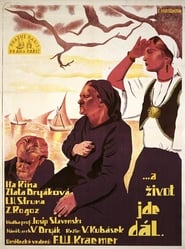 On the coast of Yugoslavia lives...
On the coast of Yugoslavia lives......and Life Goes On 1935
On the coast of Yugoslavia lives fisherman Ivo Kralj, his wife Marie, son Vuk, and Ivo's mother in one happy home. Marie, who loves her husband and always looks forward to his return from sea, attracts Nikola, with whom Ivo, out of jealousy, has a scuffle at a dance. After the outbreak of World War I Ivo is mobilized. He ends up in a P.O.W. camp where he is subjected to hard labour. His family then receives news of his death. The years pass and the lonely widow Marie is occasionally visited by her friend Nikola. Ivo's mother would like her to remarry. Soon after the wedding Marie becomes pregnant. Ivo, who has been thought dead, succeeds in escaping the P.O.W. camp where he has spent several years. Upon his arrival home he finds his name on a memorial erected to the victims of the war...
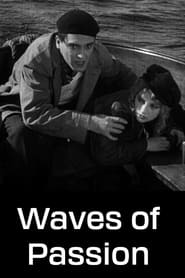 About the booming of smuggling alcohol...
About the booming of smuggling alcohol...Waves of Passion 1930
About the booming of smuggling alcohol across the Baltic Sea between Estonia and the neighboring and alcohol prohibited Finland. Fiery love relationships are another theme of the film.
 Andrea a beautiful daughter of a...
Andrea a beautiful daughter of a...Erotikon 1930
Andrea, a beautiful daughter of a railway gateman, is seduced by a rich passenger, who missed his train. Left pregnant, Andrea marries another man and moves to Prague, only to encounter her former lover and recover her former lust.
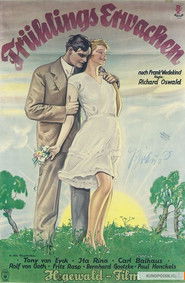 Moritz Stiefel faces expulsion due to...
Moritz Stiefel faces expulsion due to...Spring Awakening 1929
Moritz Stiefel faces expulsion due to poor marks. When he is caught with an essay titled “Shame and Lust”, he is indeed kicked out – instead of classmate Melchior Gabor, who actually penned it. Gabor was drawing on his experiences with neighbourhood girl Wendla. Then Wendla turns up pregnant. Stiefel descends into despair ... Exploitation between Eros and Thanatos in this “sexual tragedy of youth” based on Frank Wedekind’s play. Setting the film in the 1920s provided a chance to explore “modern” youth culture, complete with cigarettes, jazz music, the gramophone, and a goodly bit of alcohol. Richard Oswald, a master of films of manners and young sex beginning in the 1910s, fully explores the temptations of the youthful body, even early childhood flirtatiousness. At the same time, with his target audience in mind, the film laments the bigotry and double standards of the adult world.

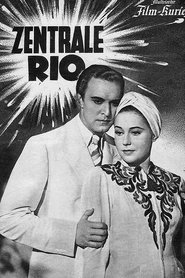 Maria Halmborg is a widow Her...
Maria Halmborg is a widow Her...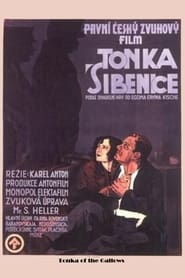 A prostitute in an act of...
A prostitute in an act of...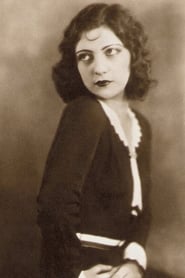 What the children conceal from their...
What the children conceal from their...